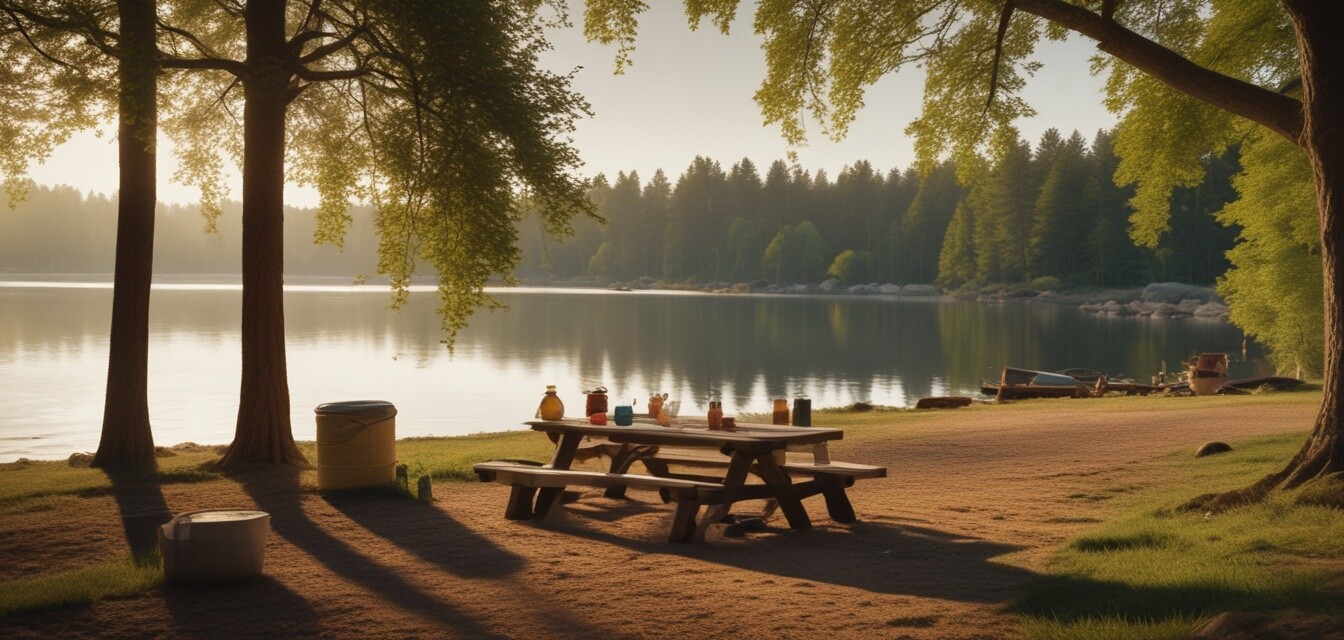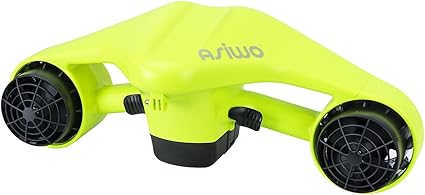
Some links on this website are affiliate links. If you make a purchase through these links, we may earn a commission or you may receive a discount, at no additional cost to you. This helps support our site.
Please also note that Artificial Intelligence (AI) may have been used in the research, content generation, and design of this website. Our aim is to enhance your experience, and we strive for accuracy and transparency in all information presented.
Best Practices for Clean-Up After Lake Trips
Key Takeaways
- Bring eco-friendly trash bags to manage waste.
- Dispose of waste properly – follow local guidelines.
- Leave no trace – pack out everything you bring in.
- Utilize biodegradable products whenever possible.
- Include friends and family in the clean-up process to build awareness.
Enjoying a day at the lake is a cherished experience for many families and friends. However, with great adventures comes the responsibility of ensuring that our lakes remain clean and beautiful for future generations. Practicing good clean-up habits is essential to maintaining the natural beauty of these serene environments. In this article, we will explore effective, practical steps that foster environmental consciousness and make clean-up after your lake outings smoother.
Why Clean-Up Matters
Cleaning up after a lake trip is not just a responsibility; it’s an essential part of minimizing our environmental footprint. Here are some reasons why every visitor should prioritize clean-up:
- Protects wildlife habitats.
- Maintains the beauty of natural surroundings.
- Promotes community awareness about environmental responsibility.
- Prevents pollution from affecting water quality.
Preparation Before Your Trip
Preparation is key to an enjoyable outing and responsible clean-up. Here are some steps to take before you head out:
- Pack reusable containers: Instead of bringing single-use plastics, opt for reusable containers for your food and drinks.
- Bring eco-friendly trash bags: Use biodegradable or recyclable bags to collect waste.
- Research local regulations: Familiarize yourself with the clean-up guidelines in the area you’re visiting. Check for designated disposal sites.
- Prepare clean-up tools: Bring gloves, or other tools to make the clean-up process easier.
Putting Clean-Up into Action
Once your day at the lake is over, it’s time to get to work. Here are actionable steps for cleaning up effectively:
| Step | Action | Tip |
|---|---|---|
| 1 | Collect all rubbish | Check under picnic areas and around the campsite. |
| 2 | Sort your waste | Separate recyclables from trash to reduce landfill impact. |
| 3 | Take everything with you | Leave no trace by ensuring everything is packed out. |
| 4 | Dispose properly | Use designated bins for proper disposal or take waste home. |
| 5 | Encourage others | Set an example for fellow lake visitors by leading a clean-up effort. |
Making Clean-Up a Community Effort
Encouraging friends and family to participate in the clean-up process can lead to a greater sense of community and environmental responsibility. Here are some ways to engage everyone:
- Organize a group clean-up: Turn clean-up into a fun activity where everyone can contribute to preserving the lake.
- Share your efforts on social media: Inspire others by showcasing your clean-up efforts. Use your social media platforms to promote environmental consciousness.
- Educate younger generations: Teach children the importance of clean-up and environmental stewardship.
Conclusion
Cleaning up after a day at the lake is a small effort that can have a significant impact on preserving our natural resources for future adventurers. By equipping yourself with the right tools, preparing ahead of time, and involving your community, you can foster an environment of consciousness that ensures our lakes remain vibrant and thriving. For more practical advice and insights on enhancing your lake outings, explore our Tips and Tricks section.
Pros
- Enhances community involvement in environmental protection.
- Creates a more enjoyable and pristine lake experience.
- Teaches important lessons about sustainability.
Cons
- Can be time-consuming if not done regularly.
- Requires initial effort to instill habits in new participants.
